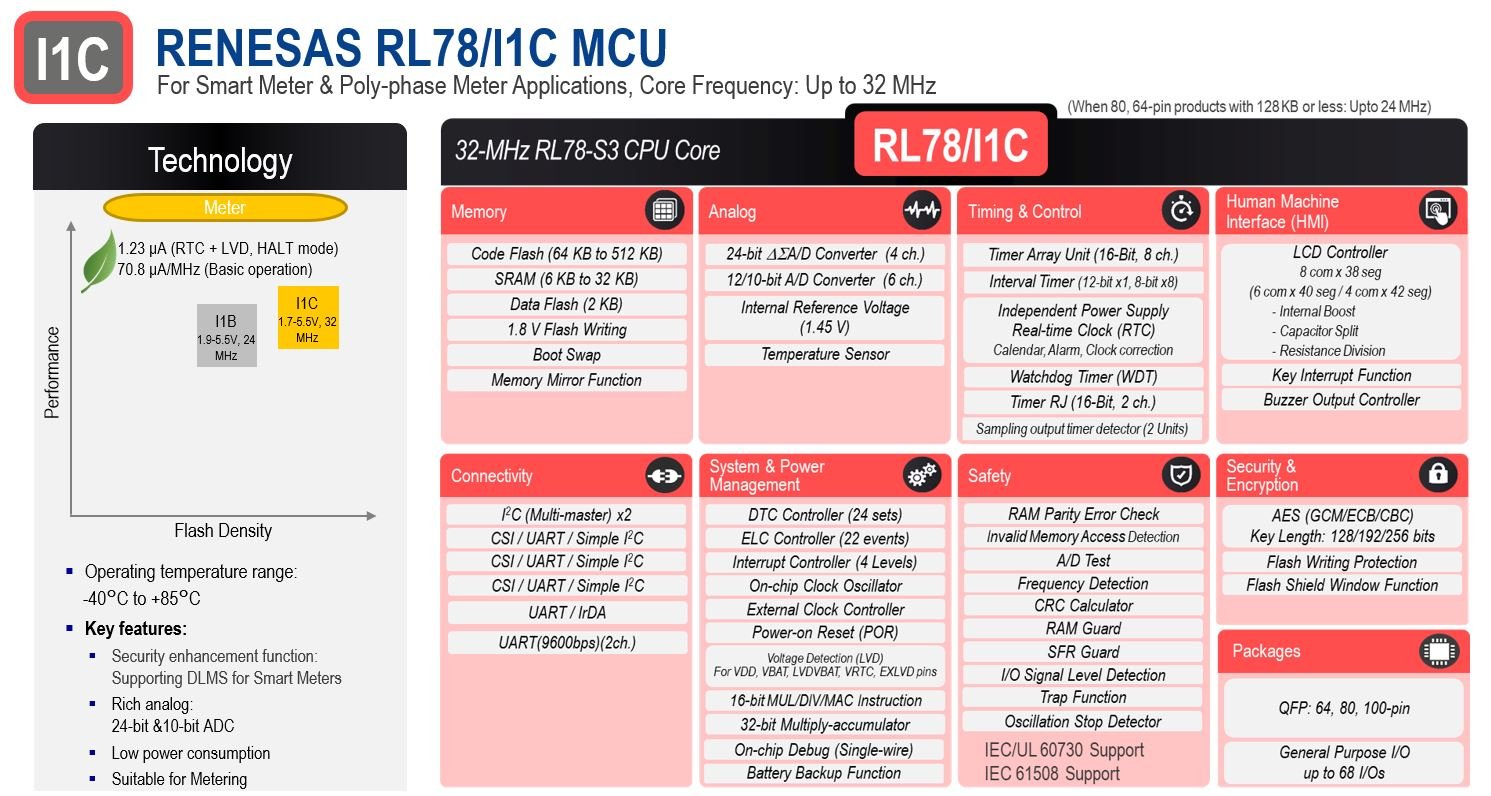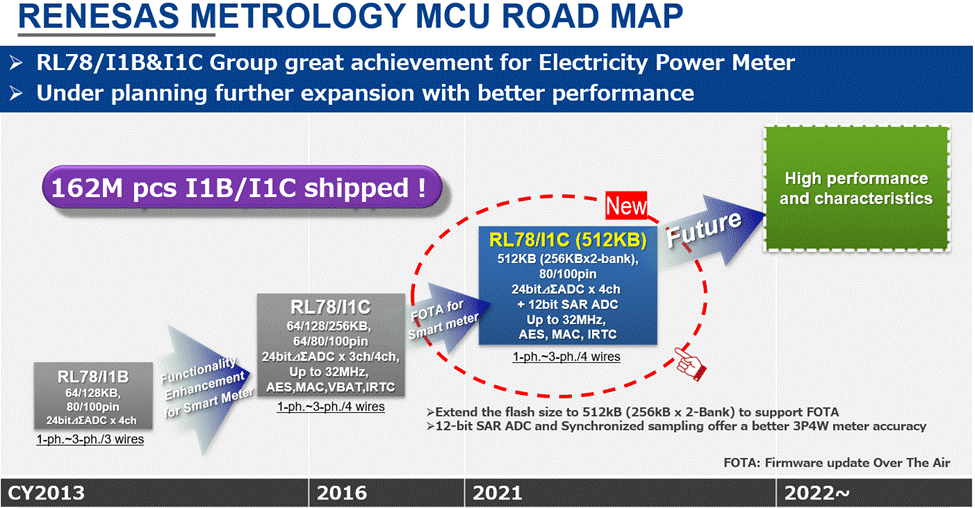One of the key ways we will realize a sustainable future is to optimize--and essentially reduce--our energy usage. Optimization starts with understanding how much energy we consume every day. And to understand this, we must measure the power we consume in everyday applications.
The smart meter is an important tool to help us transition to a “greener” use of energy.
What is a smart energy meter?
A smart energy meter enables a supplier to take readings wirelessly and remotely and to monitor the daily performance of the grid. Smart energy meters typically deliver readings more frequently and more accurately than “automated” meters.
Another important difference is that smart meters provide energy use data to customers as well as to suppliers. Homeowners with access to their energy data often decide to become more conscientious users of electricity, to live more sustainably, and to lower their bills.
An emerging application in the residential market is a system that measures power generated by a home's solar panels. Another consumer application gaining traction is the home-based charger that also meters the power that owners of electronic vehicles (EVs) consume to keep their EVs on the road.
Soon, many home appliances will have metering devices. These devices will track and report on how much energy the appliance consumes, whether it's simply switched on or working to, say, toast bread, wash clothes, or dehumidify household air. Imagine a refrigerator that calculates how much it costs to cool per day or per month, displays an on-screen chart comparing today’s consumption with past consumption levels, and even suggests to the homeowner ways to improve its energy usage.
Industrial-Strength Smart Meters
Beyond the consumer realm are facilities applications for smart meters that can help find problems with power inefficiencies that waste energy and money, and power fluctuations that can damage equipment and systems in large buildings and industrial facilities. For example, hospitals could measure how much power it takes to operate patient-imaging equipment so that future purchases might be less costly and more energy efficient. Or smart meters could measure individual components of the complex systems inside plants. And utilities themselves will see a tremendous market for smart meters as they transition toward smart grids.
How Renesas Supports Smart Meter Applications
As climate, policy, and market forces change, design engineers like you will be tasked with building smart meters into every power-consuming product and system. So why not start with a reliable microcontroller (MCU) with smart meter functions already on chip?
Whether you're creating a one-phase power meter or a three-phase smart energy meter, we’ve got you covered with the RL78/I1C microcontroller. Its advantages include:
- Single-chip solution for low power consumption and reduced system cost
- 64- to 100-pin packages for nearly every implementation
- Cost-effective flash memory for accurate data updates and maintenance
- A 100 to 240 voltage range to meet international standards for electric current
- Compatibility with metering designs that use a current transformer, Rogowski coil, and Hall effect sensors
- Support for three-phase, four-wire meters -- in addition to conventional single-phase, two-wire, and three-phase, three-wire meters -- provides a common platform to develop industrial as well as consumer products
- Over-the-air updates for firmware
Here's another helpful chart with all the specs:

Our Track Record
For more than 30 years, Renesas has been a chip supplier to meter manufacturers. We released our RL78/I1B microcontroller about 10 years ago. More recently we introduced the more advanced RL78/I1C MCUs, which feature an on-chip ultra-low-power real-time clock. More than 162 million units have been shipped to manufacturers of electric power meters.

Last year, Renesas upgraded the RL78/I1C with 512 kilobytes of flash memory and more precise active- and reactive-power accuracy, Class 0.2S and Class 0.5S, respectively. And, of course, we plan to add even more features and higher performance in the future.
Find Out More
As a system designer, you are welcome to take advantage of Renesas training videos, evaluation kits and other development tools, technical documents like our meter reference specification, user manual, data sheets, product summaries, application notes, and, of course, free samples and tech support.
I hope you will see a lot of benefits using the RL78/I1C, optimize your designs, and ultimately join us in contributing to creating a greener society!
